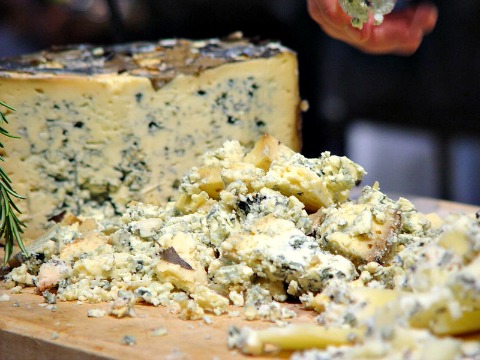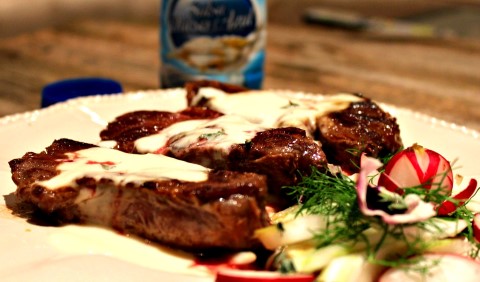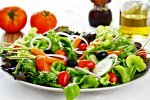Cabrales cheese
Also known as Quesu Cabrales or Cabraliego, this is one of the most important blue cheeses in the world. It is made with cow's milk or with goat and sheep's milk, which is more highly valued.
Its name comes from the Asturian town where it has been made since time immemorial. With a strong flavour and penetrating smell, it is a fatty cheese, with a natural rind, produced normally with a mix of raw cow's, goat's and sheep's milk. It is aged in natural mountain caves at a temperature of between 8º and 12º for between two and four months. These conditions favour the penicillium mould, which creates the characteristic bluish-green streaks. In addition to being eaten alone, it is highly valued as a base for sauces and for accompanying many haute cuisine dishes. It has been protected by a Denomination of Origin since 1981.
Season: Primary production is in spring and summer, but it is also made throughout the rest of the year.

Origin
The production area comprises the Cabrales Council and some towns in the Upper Peñamerella region, both areas located at the foot of the Picos de Europa mountains, in the eastern part of the Principality of Asturias. All of the milk used comes exclusively from farms in the area controlled by the Control Board.
Recommended drink
Cabrales cheese, eaten alone, with bread or with meat dishes and sauces, is excellent with dry 'generoso' wines, young fruity white wines, non-crianza red wines and, of course, with Asturian cider.
You may be also interested in...
Some Cabrales Recipes....
Solomillo de Buey con Salsa de Cabrales: More than two dozen distinct types of cheese are made in Asturias, among them two deservedly celebrated blues, Cabrales and Valdeón. Either one can be used for this quick but elegant beef dish.



